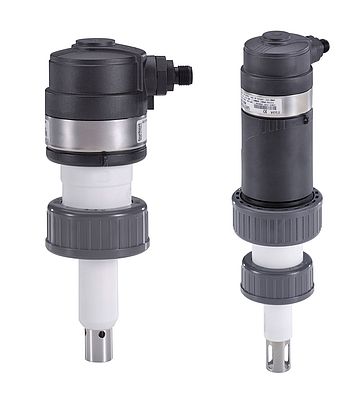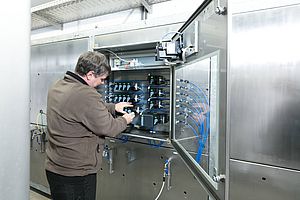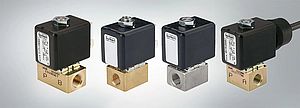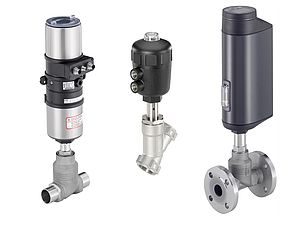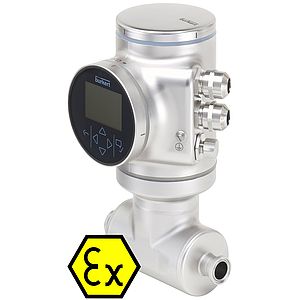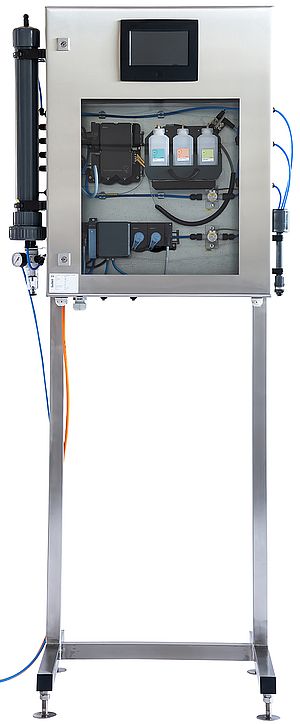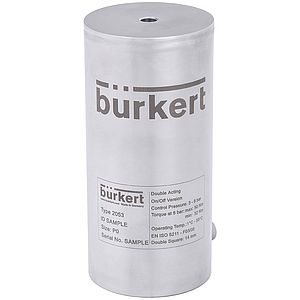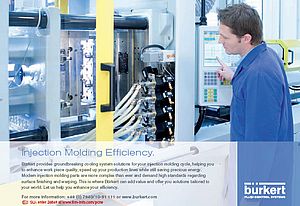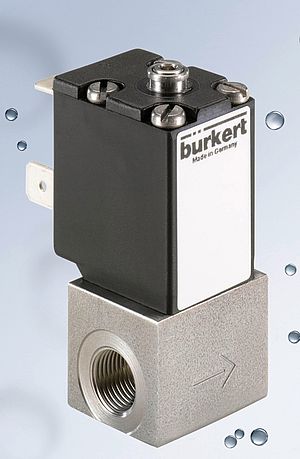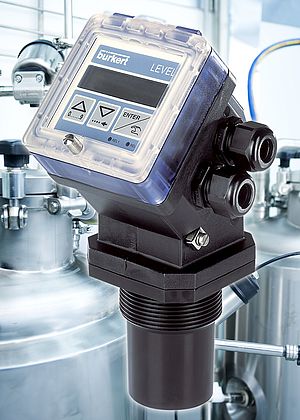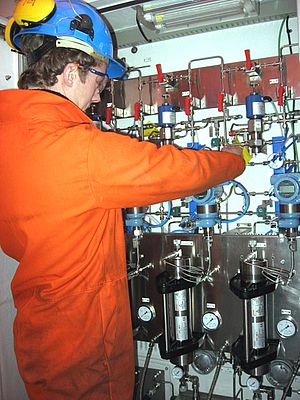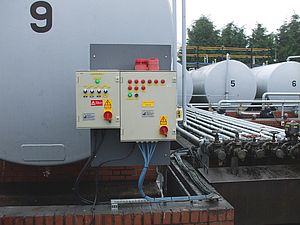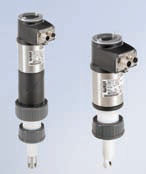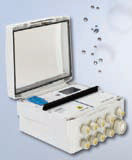Bürkert is providing customers with more diagnostic data from its Type 8222 conductivity sensors and Type 8202 pH sensors by embedding the IO-Link and Bürkert büS industrial protocols into its ELEMENT Neutrino range of products. The digitisation of these products allows maintenance and operations to be streamlined through remote monitoring capabilities, supporting process uptime in water quality or chemical applications.
Traditionally, in-line probes in pipelines provide signals to controllers, which are then transmitted to PLCs. However, the setup of this system requires a lot of installation work, such as panel wiring - an expensive task. Another option is compact transmitters that can provide multiple outputs: usually a switching output and a milliamp output that can be used for the primary value such as pH or temperature. Some designs have an integrated display for ease of use, but this still requires the operator to be physically near the instrument to view alarms, min-max values and other parameters.
Remote digital diagnostics
However, the inclusion of IO-Link and Bürkert büS (the latter based on CANopen) in the ELEMENT Neutrino versions of the Type 8222 and Type 8202 provides a more powerful solution. Firstly, operators are no longer limited to a few outputs, but have access to a wealth of diagnostic data on many other factors that affect the performance and condition of the sensors.
And all of this can be accessed remotely. Depending on the operator's preference, real-time data can be made available at the PLC, in SCADA systems, in the cloud or in local storage. This gives OEMs, system integrators, contractors and end users a wide range of remote monitoring options.
Benefits for all sensor experts
The ability to streamline maintenance through remote monitoring is a key benefit. Diagnostics can be carried out to determine the condition of equipment and the nature of potential repairs before visiting the site. This allows the right spares to be prepared before leaving the workshop, avoiding multiple trips. This gives OEMs the opportunity to offer products that actively reduce maintenance requirements and costs. For end users, accurate real-time sensor and process data enables a more proactive approach to equipment maintenance which, combined with reduced maintenance, significantly improves uptime and productivity - all while reducing operating costs. System integrators benefit from easy commissioning and setting of sensor parameters via a laptop, eliminating the time and cost of wiring traditional systems. In addition, the use of industrial protocols provides more opportunities for integration with other equipment in a plant, such as valves.
The new IO-Link and Bürkert büS embedded products are complementary for water quality applications. The Type 8202 offers the ability to measure pH as well as the oxidation reduction potential (redox) of a fluid. Meanwhile, the Type 8222 assesses conductivity, detecting the levels of sodium chloride, hypochlorous acid or calcium carbonate (hardness) in water. It is also available for the Type 8228, an inductive conductivity meter that is popular in chemical applications.


